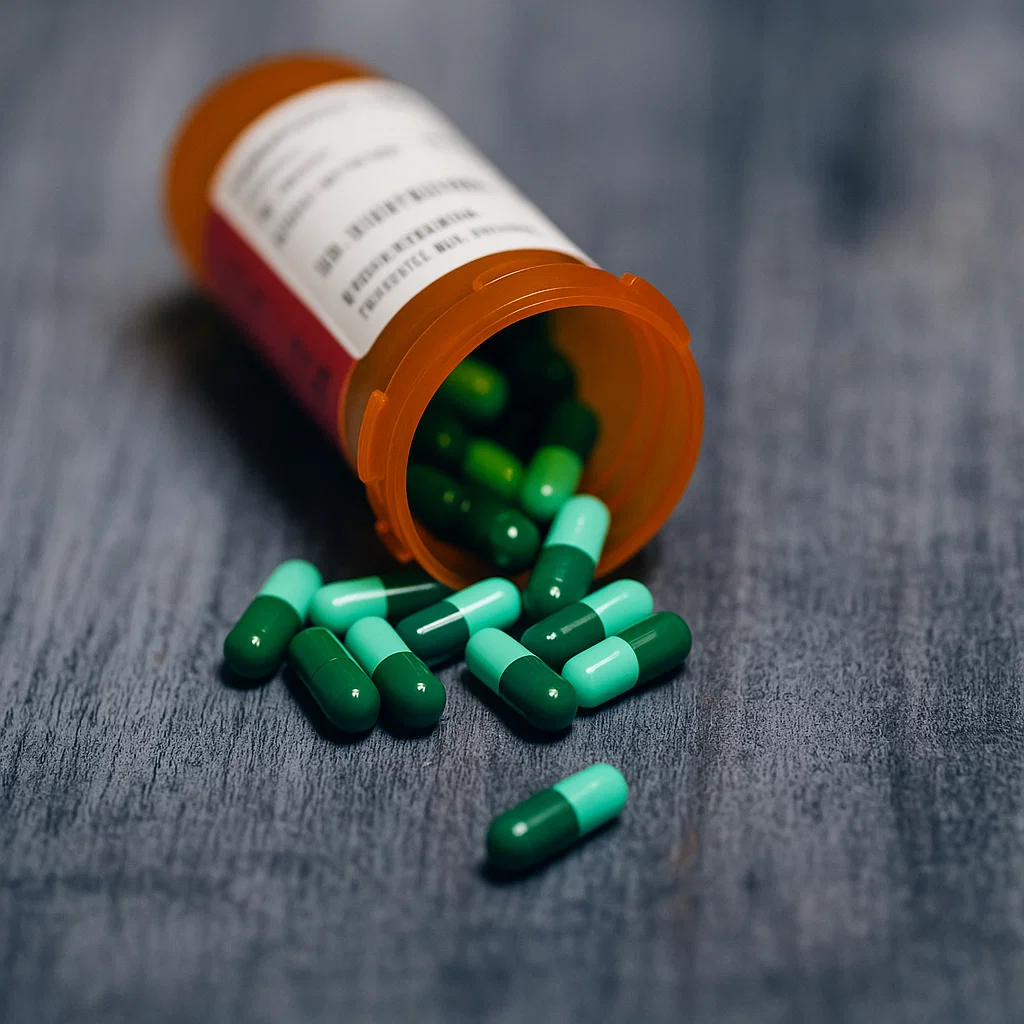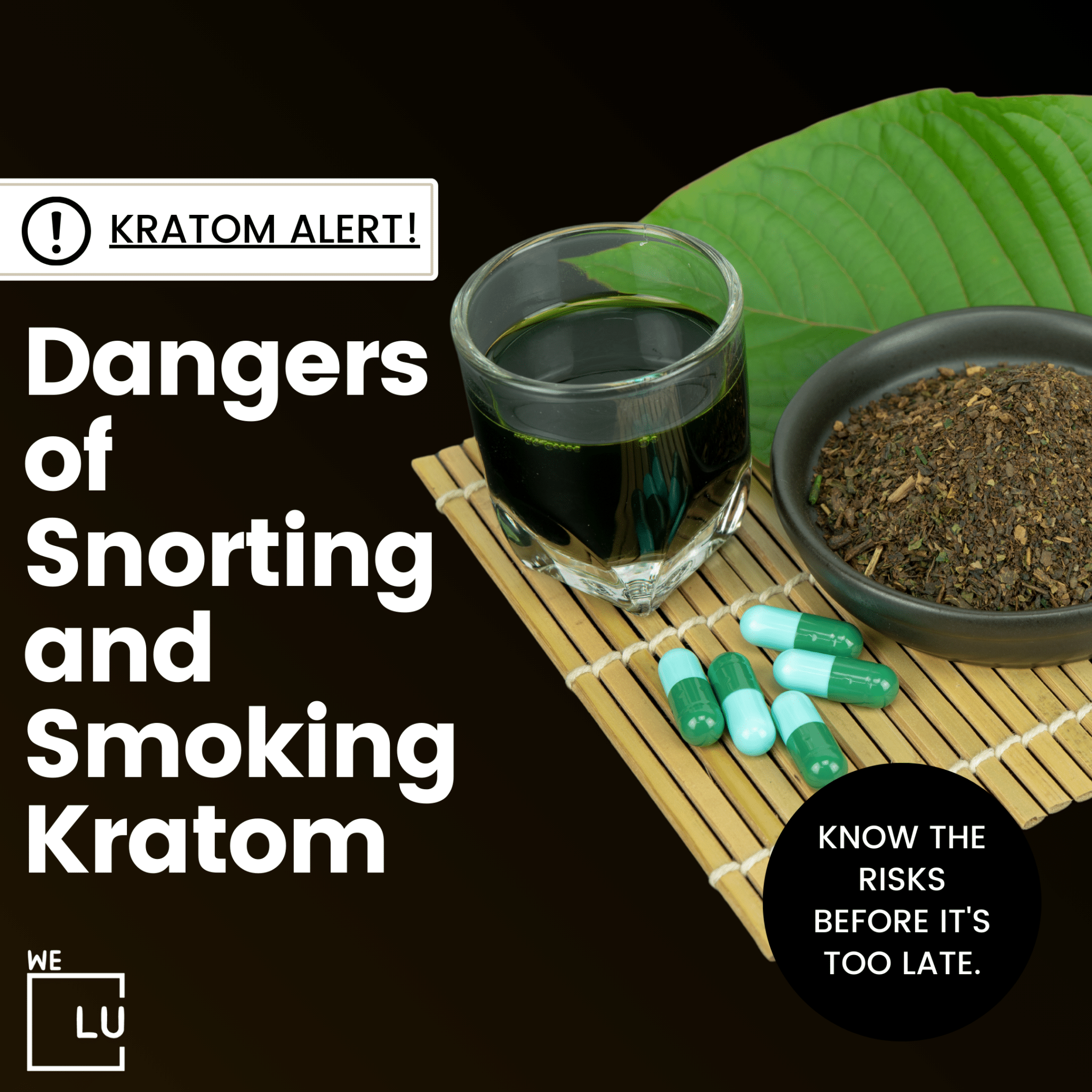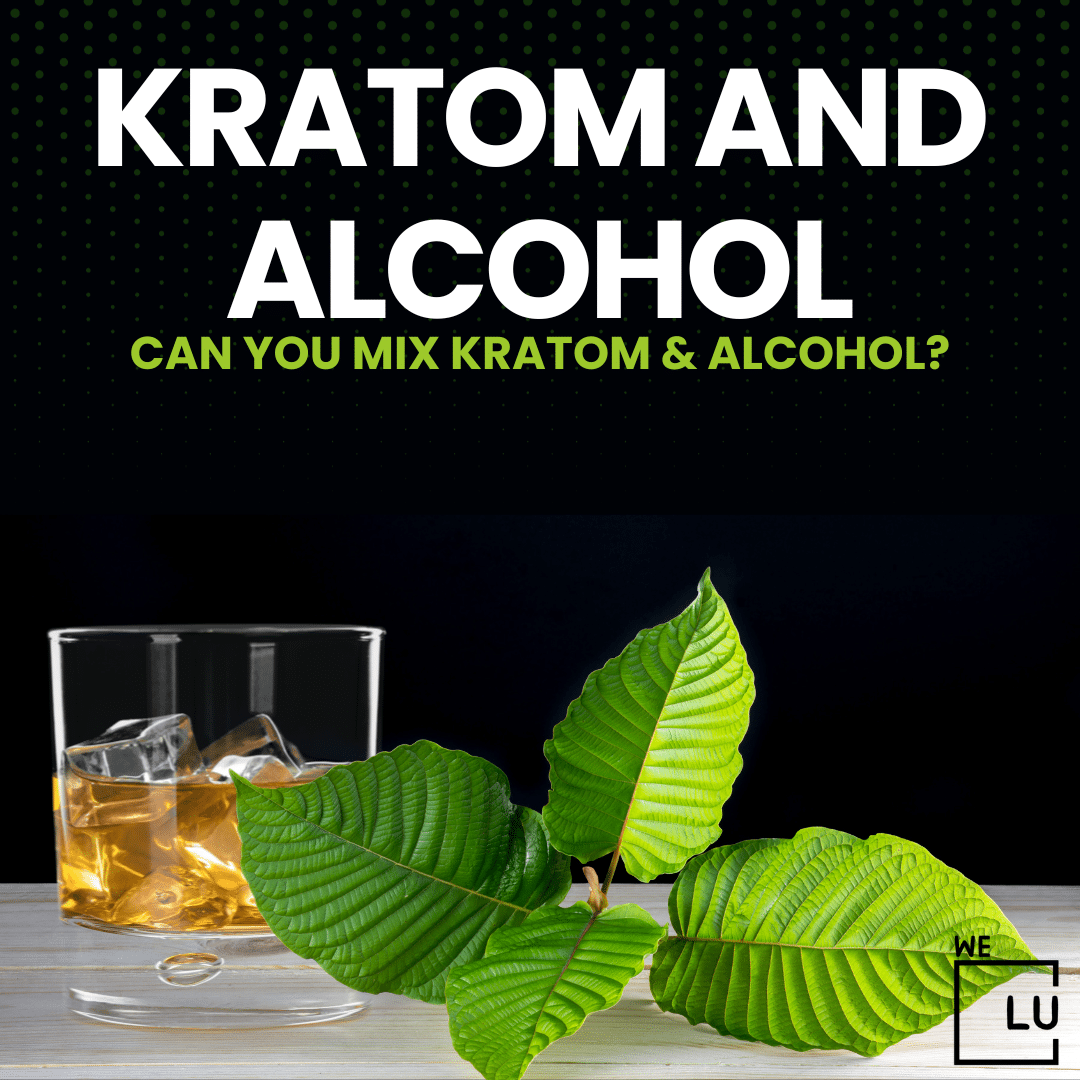Toradol Vs Tramadol
What Is Toradol?
Toradol is the brand name for the medication ketorolac. Ketorolac is a nonsteroidal anti-inflammatory drug (NSAID) that is used to relieve moderate to severe pain. Unlike opioids, Toradol does not belong to the opioid class of pain medications. Instead, it reduces the production of certain chemicals in the body that cause inflammation and pain.
Toradol is available in both oral and injectable forms. The injectable form is often used in hospitals or clinical settings for short-term pain relief, such as after surgery. The oral form may be prescribed for shorter durations to manage pain, but it is generally not recommended for long-term use due to the potential for side effects.
What Is Tramadol?
Tramadol is a synthetic opioid analgesic (pain reliever) that is used to treat moderate to moderately severe pain. It is often prescribed to manage pain that is not effectively controlled by non-opioid pain medications. Tramadol works by binding to opioid receptors in the brain and spinal cord, altering the perception of pain.
In addition to its opioid effects, tramadol also has some properties similar to antidepressants, as it inhibits the reuptake of certain neurotransmitters, such as serotonin and norepinephrine. This dual mechanism of action sets tramadol apart from other opioids. Due to its opioid properties, tramadol is subject to regulation, and its use should be strictly following a doctor’s prescription.
What Are The Main Differences Of Toradol And Tramadol?
Toradol (ketorolac) and tramadol are both medications used to relieve pain, but they have different mechanisms of action, side effects, and indications. Here are some of the main differences between Toradol and tramadol:
| Feature | Toradol (Ketorolac) | Tramadol |
|---|---|---|
| Class of Medication | Nonsteroidal Anti-Inflammatory Drug | Opioid Analgesic with Additional Properties |
| Mechanism of Action | Inhibits COX-1 and COX-2 enzymes, reducing prostaglandin production | Binds to opioid receptors, inhibits neurotransmitter reuptake |
| Indications | Short-term relief of moderate to severe pain (e.g., postoperative pain) | Moderate to moderately severe pain (acute and chronic) |
| Administration | Oral and Injectable Forms | Oral Tablets or Capsules, Various Strengths |
| Addictive Potential | Generally not associated with addiction | Potential for dependence and misuse, but lower than some other opioids |
| Side Effects | Gastrointestinal issues, bleeding, ulcer formation, kidney problems | Dizziness, nausea, constipation, headache, drowsiness; potential for respiratory depression at high doses |
Conditions Treated By Toradol And Tramadol
Toradol (ketorolac) and tramadol are medications used to treat pain, but they may be prescribed for different conditions based on their mechanisms of action and characteristics. Here are some of the conditions commonly treated by Toradol and tramadol:
Conditions Treated by Toradol (Ketorolac)
- Postoperative Pain: Toradol is often used for short-term pain relief after surgical procedures. It can help manage moderate to severe pain during the recovery period.
- Musculoskeletal Pain: It may be prescribed for conditions such as musculoskeletal injuries, sprains, or strains, relieving inflammation and associated pain.
- Renal Colic: Toradol can be used to manage renal colic, which is severe pain caused by the passage of a kidney stone.
- Migraine Headaches: In some cases, Toradol may be used as part of the treatment for acute migraine headaches.
Toradol is generally not recommended for long-term use due to the risk of side effects, including gastrointestinal bleeding and kidney problems.
Conditions Treated by Tramadol
- Moderate to Moderately Severe Pain: Tramadol is prescribed for various types of pain, including acute and chronic pain conditions. It may be used for back pain, osteoarthritis, and neuropathic pain.
- Postoperative Pain: Tramadol may be used to manage pain after surgery, especially in cases where opioids are not the first choice or are contraindicated.
- Cancer Pain: It may be part of the pain management plan for individuals with cancer, providing relief from cancer-related pain.
- Fibromyalgia: Tramadol is sometimes used to alleviate pain associated with fibromyalgia, a chronic condition characterized by widespread musculoskeletal pain.
- Neuropathic Pain: Tramadol’s dual mechanism of action, which includes opioid receptor binding and the inhibition of neurotransmitter reuptake, makes it suitable for certain neuropathic pain conditions.

Skip To:
Learn More:
- Tramadol Withdrawal Symptoms, Timeline, And Detox
- Tramadol Vs Oxycodone, Comparison Of Side Effects & Efficacy
- Tramadol serotonin syndrome, How is it Identified, Symptoms, Risks, What to Do, Treatment & Tramadol Addiction
- Can You Snort Tramadol? Signs, Side Effects, & Treatment
- Tramadol in pregnancy, Side Effects, Risks, Effects on Fertility, Neonatal Withdrawal Syndrome, Breastfeeding, Withdrawal & Addiction Treatment
- Tramadol Interactions, Types, Risk Factors & Side Effects
Which Is More Effective Tramadol Versus Toradol?
The effectiveness of Tramadol and Toradol can vary depending on the type and severity of pain and individual patient characteristics. These medications have different mechanisms of action and are often used in various clinical situations.
- Tramadol:
- Tramadol is an opioid analgesic that binds to opioid receptors in the brain and spinal cord. It also has additional properties that affect neurotransmitters.
- It effectively treats moderate to severe pain, making it versatile for various pain conditions.
- Tramadol may be preferred in cases where opioid analgesics are appropriate, and there is a need for a balance between pain relief and a lower risk of respiratory depression compared to some other opioids.
- Toradol (Ketorolac):
- Toradol is a nonsteroidal anti-inflammatory drug (NSAID) that works by inhibiting the production of prostaglandins, which are involved in inflammation and pain.
- It is often used for short-term relief of moderate to severe pain, especially after surgery or for musculoskeletal conditions.
- Toradol is not an opioid, and it does not carry the same risks of respiratory depression or dependence associated with opioids.
The choice between Tramadol and Toradol depends on the nature of the pain, the patient’s medical history, and the potential risks and benefits of each medication. Factors such as inflammation, the need for long-term or short-term pain management, and individual patient responses are considered by healthcare professionals when prescribing these medications.
Toradol Vs Tramadol Which Is Stronger?
The strength of Toradol (ketorolac) and Tramadol cannot be easily compared in a straightforward manner because they have different mechanisms of action and are used for different types of pain. Additionally, the concept of “strength” in this context can refer to various aspects, such as the potency of the pain-relieving effect, the potential for side effects, or the risk of dependence.
| Feature | Toradol (Ketorolac) | Tramadol |
|---|---|---|
| Mechanism of Action | Inhibits prostaglandin production, reducing inflammation and pain | Binds to opioid receptors, affecting neurotransmitters |
| Pain Relief | Effective for pain associated with inflammation (postoperative, musculoskeletal pain) | Moderate to moderately severe pain, variable efficacy among individuals |
| Risk of Dependence | Generally not associated with dependence or addiction | Lower risk compared to some opioids but potential for dependence and misuse |
| Side Effects | Gastrointestinal issues, bleeding, ulcer formation, kidney problems | Dizziness, nausea, constipation, headache, drowsiness; potential for respiratory depression at high doses |
| Clinical Use | Short-term relief of moderate to severe pain; postoperative pain | Moderate to moderately severe pain; acute and chronic pain conditions |
| Considerations | Not an opioid; not suitable for long-term use | Opioid analgesics with the potential for dependence; may be used in various pain scenarios |
In summary, the choice between Toradol and Tramadol depends on the specific pain condition, patient characteristics, and the balance between pain relief and potential side effects or risks. Neither medication can be definitively labeled as “stronger” in a general sense because its effectiveness may vary based on the use context and individual patient responses.
Patients should work closely with their healthcare providers to determine the most appropriate medication for their specific pain management needs, considering the nature of the pain, the underlying health conditions, and any potential contraindications.

Get Your Life Back
Find Hope & Recovery. Get Safe Comfortable Detox, Addiction Rehab & Dual Diagnosis High-Quality Care.
Hotline (855) 695-1160
How Does Toradol Work?
Toradol (ketorolac) works by inhibiting the production of chemicals called prostaglandins. Prostaglandins play a key role in the body’s inflammatory response and are involved in the pain sensation. Toradol reduces the synthesis of prostaglandins by blocking the action of certain enzymes (specifically, cyclooxygenase-1 and cyclooxygenase-2, often abbreviated as COX-1 and COX-2). With fewer prostaglandins produced, there is a reduction in pain, inflammation, and associated symptoms.
Toradol is a nonsteroidal anti-inflammatory drug (NSAID), and its primary role is in managing pain associated with inflammation, such as postoperative pain or musculoskeletal pain. However, like all medications, Toradol can have side effects, and a healthcare professional should guide its use.
How Does Tramadol Work?
Tramadol works by affecting the way your body perceives and responds to pain. It has a dual mechanism of action:
- Opioid Receptor Binding:
- Tramadol binds to opioid receptors in the brain and spinal cord. Opioid receptors are proteins that are part of the body’s pain-regulating system.
- By binding to these receptors, tramadol changes how pain signals are transmitted between the nerves, reducing pain sensation.
- Neurotransmitter Reuptake Inhibition:
- Tramadol also inhibits the reuptake of certain neurotransmitters in the brain, specifically serotonin and norepinephrine.
- Serotonin and norepinephrine play a role in mood and how the body perceives and responds to pain.
- By increasing the levels of these neurotransmitters in the brain, tramadol can enhance the pain-relieving effects and contribute to its overall analgesic (pain-relieving) properties.
In simple terms, tramadol works by interacting with opioid receptors and influencing the levels of certain neurotransmitters. This dual mechanism sets tramadol apart from other opioids and contributes to its pain-relieving effects.
Get Help. Get Better. Get Your Life Back.
Searching for an Accredited Drug and Alcohol Rehab Centers in Near You?
Even if you have failed previously and relapsed, or are in the middle of a difficult crisis, we stand ready to support you. Our trusted behavioral health specialists will not give up on you. When you feel ready or just want someone to speak to about therapy alternatives to change your life call us. Even if we cannot assist you, we will lead you to wherever you can get support. There is no obligation. Call our hotline today.
FREE Addiction Hotline – Call 24/7Common Side Effects Of Tramadol Vs Toradol
While Tramadol and Toradol are different medications with distinct mechanisms of action, they do share some side effects, particularly those commonly associated with pain medications and anti-inflammatory drugs. Here are some side effects that both Tramadol and Toradol may have in common:
- Nausea: Tramadol and Toradol can cause nausea as a common side effect.
- Dizziness: Dizziness is reported as a common side effect for both medications.
- Headache: Headaches are among the potential side effects of both Tramadol and Toradol.
- Drowsiness/Fatigue: Both medicines can lead to drowsiness or fatigue.
- Gastrointestinal Issues: While the specific gastrointestinal side effects may differ, both drugs can cause stomach-related issues. Tramadol may lead to constipation, while Toradol is associated with indigestion, abdominal pain, and, in more severe cases, gastrointestinal bleeding.

Side Effects Of Tramadol
Common side effects of tramadol include:
- Nausea: Feeling sick to the stomach is a common side effect of tramadol.
- Dizziness: Tramadol can cause dizziness or lightheadedness, especially when standing up from a sitting or lying position.
- Headache: Some individuals may experience headaches while taking tramadol.
- Constipation: Opioids, including tramadol, can slow down bowel movements and lead to constipation.
- Drowsiness: Tramadol can cause drowsiness or fatigue, affecting alertness.
- Dry Mouth: Some people may experience a dry mouth or an unusual taste.
- Sweating: Excessive sweating has been reported as a side effect of tramadol.
- Itching: Pruritus or itching of the skin can occur.
- Serotonin Syndrome (Rare): In rare cases, tramadol can lead to serotonin syndrome, especially when combined with other medications that increase serotonin levels. Symptoms may include agitation, hallucinations, rapid heartbeat, fever, muscle stiffness, and coordination problems.
- Respiratory Depression (Rare): Like other opioids, tramadol can depress respiratory function, especially at high doses. This risk is higher in individuals with respiratory conditions.
Side Effects Of Toradol
Toradol (ketorolac) is a nonsteroidal anti-inflammatory drug (NSAID) used for the short-term relief of moderate to severe pain. Like all medications, Toradol can cause side effects. Common side effects of Toradol include:
- Gastrointestinal Issues: Toradol is associated with gastrointestinal side effects, which can include nausea, indigestion, abdominal pain, and, in some cases, gastrointestinal bleeding.
- Bleeding Risk: NSAIDs, including Toradol, can increase the risk of bleeding. This can manifest as easy bruising, prolonged bleeding after injury, or more severe internal bleeding.
- Ulcer Formation: Long-term or high-dose use of Toradol can contribute to ulcers in the stomach or intestine.
- Kidney Problems: NSAIDs can affect kidney function, and Toradol use may lead to kidney problems, especially in individuals with pre-existing kidney conditions.
- Dizziness or Headache: Dizziness or headaches may occur as side effects of Toradol.
- Fluid Retention and Edema: Toradol may cause fluid retention and edema (swelling), particularly in individuals with pre-existing heart conditions or compromised kidney function.
- Elevated Blood Pressure: NSAIDs, including Toradol, may lead to an increase in blood pressure, and monitoring blood pressure is advised during use.
- Allergic Reactions: Some individuals may experience allergic reactions, including skin rash, itching, or swelling.
Comfortable Facilities & Amenities
High-Quality Addiction & Mental Health Rehabilitation Treatment
Rehab Centers TourRenowned California Addiction Center. Serene Private Facilities. Inpatient rehab programs vary.
Addiction Helpline (855) 695-1160Proven recovery success experience, backed by a Team w/ History of:
15+
Years of Unified Experience
100s
5-Star Reviews Across Our Centers
10K
Recovery Success Stories Across Our Network
- Low Patient to Therapist Ratio
- Onsite Medical Detox Center
- Comprehensive Dual-Diagnosis Treatment
- Complimentary Family & Alumni Programs
- Coaching, Recovery & Personal Development Events

Drug Interactions Of Toradol Vs Tramadol
Both Toradol (ketorolac) and Tramadol can interact with other medications, and one must be aware of potential drug interactions to avoid adverse effects or reduced efficacy. Here are some considerations for drug interactions with Toradol and Tramadol:
Toradol (Ketorolac) Interactions
- Other NSAIDs: Concurrent use of multiple nonsteroidal anti-inflammatory drugs (NSAIDs), including Toradol, may increase the risk of gastrointestinal bleeding and other side effects.
- Aspirin: Concurrent use of Toradol with aspirin or other medications containing aspirin may increase the risk of bleeding and gastrointestinal complications.
- Anticoagulants (Blood Thinners): Toradol may enhance the effects of anticoagulant medications, increasing the risk of bleeding.
- Selective Serotonin Reuptake Inhibitors (SSRIs) and Serotonin-Norepinephrine Reuptake Inhibitors (SNRIs): Combined use with these medications may increase the risk of bleeding.
- ACE Inhibitors and Angiotensin II Receptor Blockers (ARBs): Toradol may reduce the effectiveness of these medications and impair kidney function.
- Diuretics: Toradol may diminish the diuretic effect of loop diuretics and contribute to fluid retention.
- Cyclosporine and Tacrolimus: Toradol may enhance the nephrotoxic effects of these immunosuppressive medications.
Tramadol Interactions
- Other Opioids: Concurrent use of Tramadol with other opioids may increase the risk of respiratory depression and other opioid-related side effects.
- Selective Serotonin Reuptake Inhibitors (SSRIs) and Serotonin-Norepinephrine Reuptake Inhibitors (SNRIs): Combined use may increase the risk of serotonin syndrome, a potentially severe condition.
- Tricyclic Antidepressants (TCAs): Interaction with TCAs may increase the risk of seizures.
- Monoamine Oxidase Inhibitors (MAOIs): Tramadol should not be used with MAOIs due to the risk of serotonin syndrome.
- Antipsychotics: Concurrent use with certain antipsychotic medications may increase the risk of seizures.
- Carbamazepine: Carbamazepine may reduce the effectiveness of tramadol.
- Quinidine: Tramadol may interact with quinidine, potentially leading to elevated tramadol levels.
Always inform your healthcare provider about all your medications, including prescription, over-the-counter, and supplements. This helps ensure safe and effective treatment, and your healthcare provider can make appropriate adjustments. Consult your healthcare professional for personalized advice if you have concerns about potential interactions.
World-class, Accredited, 5-Star Reviewed, Effective Addiction & Mental Health Programs. Complete Behavioral Health Inpatient Rehab, Detox plus Co-occuring Disorders Therapy.
CALL (855) 695-1160End the Addiction Pain. End the Emotional Rollercoaster. Get Your Life Back. Start Drug, Alcohol & Dual Diagnosis Mental Health Treatment Now. Get Free No-obligation Guidance by Substance Abuse Specialists Who Understand Addiction & Mental Health Recovery & Know How to Help.
Warnings of Tramadol And Toradol
Both Tramadol and Toradol have essential warnings and precautions associated with their use. One should use these medications under a healthcare professional’s guidance and be aware of potential risks. Here are some warnings associated with Tramadol and Toradol:
Tramadol
- Risk of Respiratory Depression:
- Tramadol, like other opioids, can cause respiratory depression, especially at high doses.
- This risk is increased in individuals with respiratory conditions, elderly patients, and those with compromised lung function.
- Potential for Dependence and Abuse:
- Tramadol has the potential for abuse and dependence.
- Misuse of tramadol can lead to addiction, and sudden discontinuation may result in withdrawal symptoms.
- Seizure Risk: Tramadol lowers the seizure threshold, and the risk of seizures may be higher in individuals with a history of seizures or epilepsy.
- Interaction with Serotonergic Medications: Concurrent use of tramadol with serotonergic medications (e.g., SSRIs, SNRIs) may increase the risk of serotonin syndrome.
- Contraindications: Tramadol is contraindicated in individuals with a history of hypersensitivity to tramadol, opioids, or any of its components.
Toradol (Ketorolac)
- Gastrointestinal Risks:
- NSAIDs, including Toradol, can cause gastrointestinal side effects such as bleeding, ulcers, and perforation, which can be serious and potentially fatal.
- The risk is higher in elderly patients and those with a history of gastrointestinal bleeding or ulcers.
- Renal Risks:
- Toradol may cause or exacerbate renal (kidney) impairment.
- It should be used with caution in individuals with pre-existing kidney conditions or dehydration.
- Risk of Cardiovascular Events: NSAIDs, including Toradol, may increase the risk of serious cardiovascular thrombotic events, including heart attack and stroke.
- Contraindications: Toradol is contraindicated in patients with active peptic ulcer disease, in those with recent gastrointestinal bleeding or perforation, and in patients with a history of hypersensitivity to NSAIDs.
- Short-Term Use Only: Toradol is intended for short-term use (up to 5 days) due to the potential for serious side effects.
Both medications come with specific warnings and contraindications. It’s crucial for individuals to provide their healthcare providers with a complete medical history and to inform them of all medications being taken to ensure safe and effective use. If there are concerns or questions about these medications, discussing them with a healthcare professional is recommended.
Experience Transformative Recovery at the We Level Up California Treatment Center.
See our authentic success stories. Get inspired. Get the help you deserve.



Start a New Life
Begin with a free call to an addiction & behavioral health treatment advisor. Learn more about our dual-diagnosis programs. The We Level Up treatment center network delivers recovery programs that vary by each treatment facility. Call to learn more.
- Personalized Care
- Caring Accountable Staff
- World-class Amenities
- Licensed & Accredited
- Renowned w/ 100s 5-Star Reviews
We’ll Call You
Sobriety Recovery Quotes. Inspirational Quotes Addiction Recovery. Sober Quotes AA Quotes to Lean On
Search We Level Up CA Drug & Alcohol Rehab / Detox & Mental Health Topics & Resources
Sources
- Shankariah M, Mishra M, Kamath RA. Tramadol versus ketorolac in the treatment of postoperative pain following maxillofacial surgery. J Maxillofac Oral Surg. 2012 Sep;11(3):264-70. doi: 10.1007/s12663-011-0321-y. Epub 2012 Feb 19. PMID: 23997475; PMCID: PMC3428455. https://www.ncbi.nlm.nih.gov/pmc/articles/PMC3428455/
- Dhesi M, Maldonado KA, Maani CV. Tramadol. [Updated 2023 Apr 16]. In: StatPearls [Internet]. Treasure Island (FL): StatPearls Publishing; 2023 Jan-. Available from: https://www.ncbi.nlm.nih.gov/books/NBK537060/
- Medline Plus – Tramadol – https://medlineplus.gov/druginfo/meds/a695011.html
- Sidana A, Domun I, Arora P. Tramadol withdrawal psychosis. Indian J Psychiatry. 2019 Nov-Dec;61(6):655-656. doi: 10.4103/psychiatry.IndianJPsychiatry_11_19. PMID: 31896879; PMCID: PMC6862981. https://www.ncbi.nlm.nih.gov/pmc/articles/PMC6862981/
- Chou R, Hartung D, Turner J, et al. Opioid Treatments for Chronic Pain [Internet]. Rockville (MD): Agency for Healthcare Research and Quality (US); 2020 Apr. (Comparative Effectiveness Review, No. 229.) Available from: https://www.ncbi.nlm.nih.gov/books/NBK556253/
- Zullo AR, Danko KJ, Moyo P, et al. Prevention, Diagnosis, and Management of Opioids, Opioid Misuse, and Opioid Use Disorder in Older Adults [Internet]. Rockville (MD): Agency for Healthcare Research and Quality (US); 2020 Nov. (Technical Brief, No. 37.) Available from: https://www.ncbi.nlm.nih.gov/books/NBK564144/
- Kleber HD. Pharmacologic treatments for opioid dependence: detoxification and maintenance options. Dialogues Clin Neurosci. 2007;9(4):455-70. doi: 10.31887/DCNS.2007.9.2/hkleber. PMID: 18286804; PMCID: PMC3202507. https://www.ncbi.nlm.nih.gov/pmc/articles/PMC3202507/
- Mahmoodi AN, Kim PY. Ketorolac. [Updated 2022 Apr 9]. In: StatPearls [Internet]. Treasure Island (FL): StatPearls Publishing; 2023 Jan-. Available from: https://www.ncbi.nlm.nih.gov/books/NBK545172/
- Queremel Milani DA, Davis DD. Pain Management Medications. 2023 Jul 3. In: StatPearls [Internet]. Treasure Island (FL): StatPearls Publishing; 2023 Jan–. PMID: 32809527. https://pubmed.ncbi.nlm.nih.gov/32809527/
- National Library of Medicine. Ketorolac tromethamine – ketorolac tromethamine tablet, film coated.




